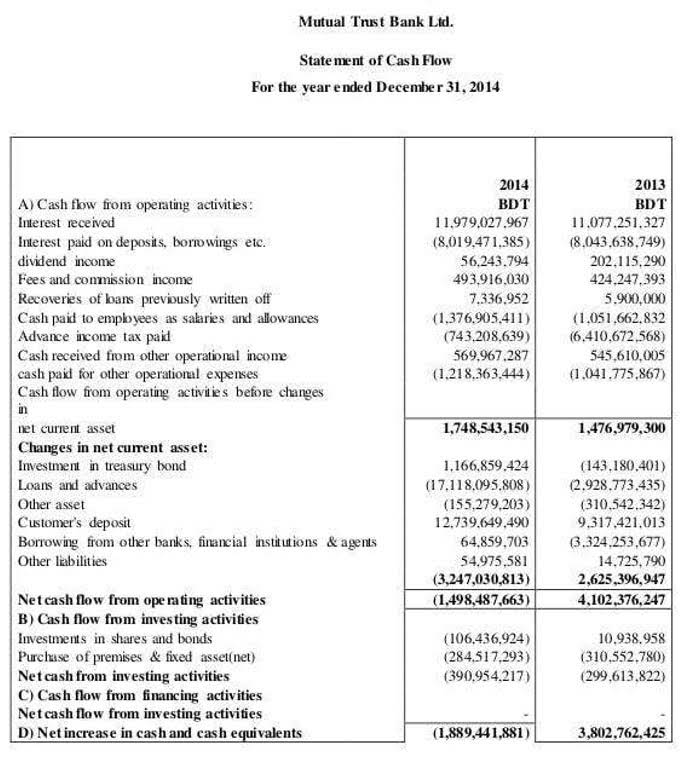
The final regulations clarify that the separate application of section 401(a)(9) only applies for calendar years after the death of the employee (and thus, does not apply for the calendar year of the employee’s death) and adds expenses to the list of items that must be allocated in a reasonable and consistent manner among the separate accounts. If the amount distributed to a payee under any qualified retirement plan or any eligible deferred compensation plan (as defined in section 457(b)) for a calendar year is less than the required minimum distribution for that year, section 4974 imposes an excise tax on the payee for the taxable year beginning with or within the calendar year during which the amount is required to be distributed. Except as provided in paragraph (a)(2) of this section, the tax is equal to 25 percent of the amount by which the required minimum distribution for a calendar year exceeds the actual amount distributed during the calendar year.
2.1. Disclosure Requirements
That structuring may take many forms and implicate other technical provisions in ways that are not foreseeable, including by taking advantage of changes in law that create novel planning opportunities. The anti-abuse rule is designed to be adaptable to such changing or unforeseen circumstances and, as such, is not limited to a particular type of avoidance transaction. 9 For purposes of this rule, a beneficiary is treated as having predeceased the employee if the beneficiary is treated as predeceasing the employee pursuant to a simultaneous death provision under applicable State law or a qualified disclaimer satisfying section 2518 that applies to the entire interest to the accumulated net amount of revenue less expenses and dividends is reflected in the balance of which the beneficiary is entitled. Accordingly, a contract that is purchased under a Roth IRA is not treated as a contract that is intended to be a QLAC for purposes of applying the dollar limitation rule in §1.401(a)(9)-6(q)(2)(ii). Thus, premiums paid with respect to the contract will not be taken into account under §1.401(a)(9)-6(q)(2)(ii) after the date of the rollover or conversion. For purposes of this section, an IRA is an individual retirement account or annuity described in section 408(a) or (b), and the IRA owner is the individual for whom an IRA is originally established by contributions for the benefit of that individual and that individual’s beneficiaries.
- For example, in the Propensity Company example, there was a decrease in cash for the period relating to a simple purchase of new plant assets, in the amount of $60,000.
- For Propensity Company, beginning with net income of $4,340, and reflecting adjustments of $9,500, delivers a net cash flow from operating activities of $13,840.
- The Treasury Department and the IRS concluded that this rule will prevent a spouse who will be taking annual distributions from effectively delaying the commencement of those distributions for a number of years beyond the spouse’s required beginning date (or, if later, the year in which the employee would have reached the applicable age).
- The 2024 final regulations include guidance issued pursuant to section 204 of the SECURE 2.0 Act (relating to the application of section 401(a)(9) of the Code in a situation in which an employee’s interest in a defined contribution plan is partially annuitized by using a portion of the employee’s individual account to purchase an annuity contract).
- The cash impact is the cash proceeds received from the transaction, which is not the same amount as the gain or loss that is reported on the income statement.
- Thus, under paragraph (g)(1)(i) of this section, USS must include in income a $30x deemed dividend (representing 60 percent of USS’s $50x section 1248 amount) with respect to the 60-percent FT block exchanged for the 60-percent FP block.
§1.401(a)( -6 Required minimum distributions for defined benefit plans and annuity contracts.
Pursuant to paragraph (j)(4)(vi) of this section, the plan administrator may assume that, for purposes of section 402(f)(2)(A), a portion of the $103,000 distribution equal to $10,383.68 is not an eligible rollover distribution. However, B could choose to roll over the entire $103,000 distribution to an IRA, provided the IRA is established as a beneficiary IRA, and not as B’s own IRA. In that case, in accordance with §1.408-8(d)(2)(i), the IRA would be subject to the 10-year rule that applied to the spouse under the plan (so that a distribution of the employee’s entire interest would be required by 2034). Under proposed §1.401(a)(9)-8(a)(1)(iii)(D), the separate interests of the beneficiaries held in a see-through trust would not fail to be eligible for the exception in proposed §1.401(a)(9)-8(a)(1)(iii)(B) merely because, upon termination of that trust, a beneficiary’s separate interest in the trust is to be held directly by that beneficiary rather than being held by a separate see-through trust. The basket contract has a stated term of more than one year but contains provisions that in effect allow either party to terminate the contract at any time during the stated contract term with proper notice.
What role do retained earnings play in determining dividends to shareholders?

Cash flow from operating activities represents cash flows generated from the principal activities that produce revenue for a corporation, such as selling products, and the related expenses reported on the income statement. Because of accrual accounting, the net income reported on the income statement includes noncash transactions. For example, revenue earned on account is included in accrual net income but it does not involve cash (debit accounts receivable and credit revenue). Therefore, the operating activities section of the SCF must convert accrual net income to a cash basis net income.
3: Interpreting the Statement of Cash Flows

Toreconcile net income to cash flow from operating activities,subtract decreases in currentliabilities. Propensity Company had a decrease of $4,500 in accountsreceivable during the period, which normally results only whencustomers pay the balance, they owe the company at a faster ratethan they charge new account balances. Thus, the decrease inreceivable identifies that more cash was collected than wasreported as revenue on the income statement. Thus, an addback isnecessary to calculate the cash flow from operating activities. Increases in current assets indicate a decrease in cash, becauseeither (1) cash was paid to generate another current asset, such asinventory, or (2) revenue was accrued, but not yet collected, suchas accounts receivable. In the first scenario, the use of cash toincrease the current assets is not reflected in the net incomereported on the income statement.
- Retained earnings are the cumulative net earnings or profits of a company after accounting for dividend payments.
- In the case of an annuity that provides for increasing payments, the requirement of this paragraph (k)(2) will not fail to be satisfied merely because benefit payments to the beneficiary increase, provided the increase is determined in the same manner for the employee and the beneficiary.
- A contract does not fail to be described in the preceding sentence merely because the surviving spouse becomes the sole beneficiary before the annuity starting date.
- Positive net cash flow generally indicates adequate cash flow margins exist to provide continuity or ensure survival of the company.
- Further assume thatthere were no investing or financing transactions, and nodepreciation expense for 2018.
- Below are the basic classifications for some of the more common reporting line items and accounts.
The facts are the same as in paragraph (b)(3)(i) of this section (Example 1) except that, pursuant to a provision in Plan X, B elected the 5-year rule under section 401(a)(9)(B)(ii). Accordingly, A’s entire interest is required to be distributed by the end of 2022. Because A died before January 1, 2020, section 401(a)(9)(H) does not apply with respect to B. Therefore, section 401(a)(9)(H)(i)(I) does not extend the 5-year period under B’s election to a 10-year period. Although B’s election required A’s entire interest to be distributed by the end of 2022, the enactment of section 401(a)(9)(I)(iii)(II) (permitting disregard of 2020 when the 5-year period applies) permits distribution of A’s entire interest in the plan to be delayed until the end of 2023.


Businesses with growth prospects greater than their cost of capital should, in theory, put the money back into the business to generate capital investment growth. If the shareholders are satisfied with growth given a level of risk, they do not raise their cost of funds. However, when a business is facing deteriorating financial prospects, investors frown upon these businesses retaining too much cash because it often gets wasted on risky ventures and frivolous pet projects. 1 A cumulative list of all revenue rulings, revenue procedures, Treasury decisions, etc., published in Internal Revenue Bulletins 2024–27 through 2024–52 is in Internal Revenue Bulletin 2024–52, dated December 30, 2024. Modified is used where the substance of a previously published position is being changed. Thus, if a prior ruling held that a principle applied to A but not to B, and the new ruling holds that it applies to both A and B, the prior ruling is modified because it corrects a published position.
- If the designated beneficiary is not an eligible designated beneficiary, then section 401(a)(9)(B)(ii) applies in accordance with paragraph (d)(4)(ii) of this section.
- Consequently, the amount of the credit balance does not necessarily indicate the relative success of a business.
- There is still a balance of $250 (400 – 150) in the Supplies account.
- There is little indication in section 401 of the SECURE Act to suggest that Congress intended to allow distributions of an employee’s account to temporarily cease for up to 9 years once annual required minimum distributions have begun.
- An IRA custodian has no obligation to ensure compliance with the required minimum distribution rules, so there is no need for a beneficiary of an IRA to file any type of election with the custodian.
- Before these proposed amendments to the regulations are adopted as final regulations, consideration will be given to any comments regarding the notice of proposed rulemaking that are submitted timely to the IRS as prescribed in the preamble under the “ADDRESSES” section.
